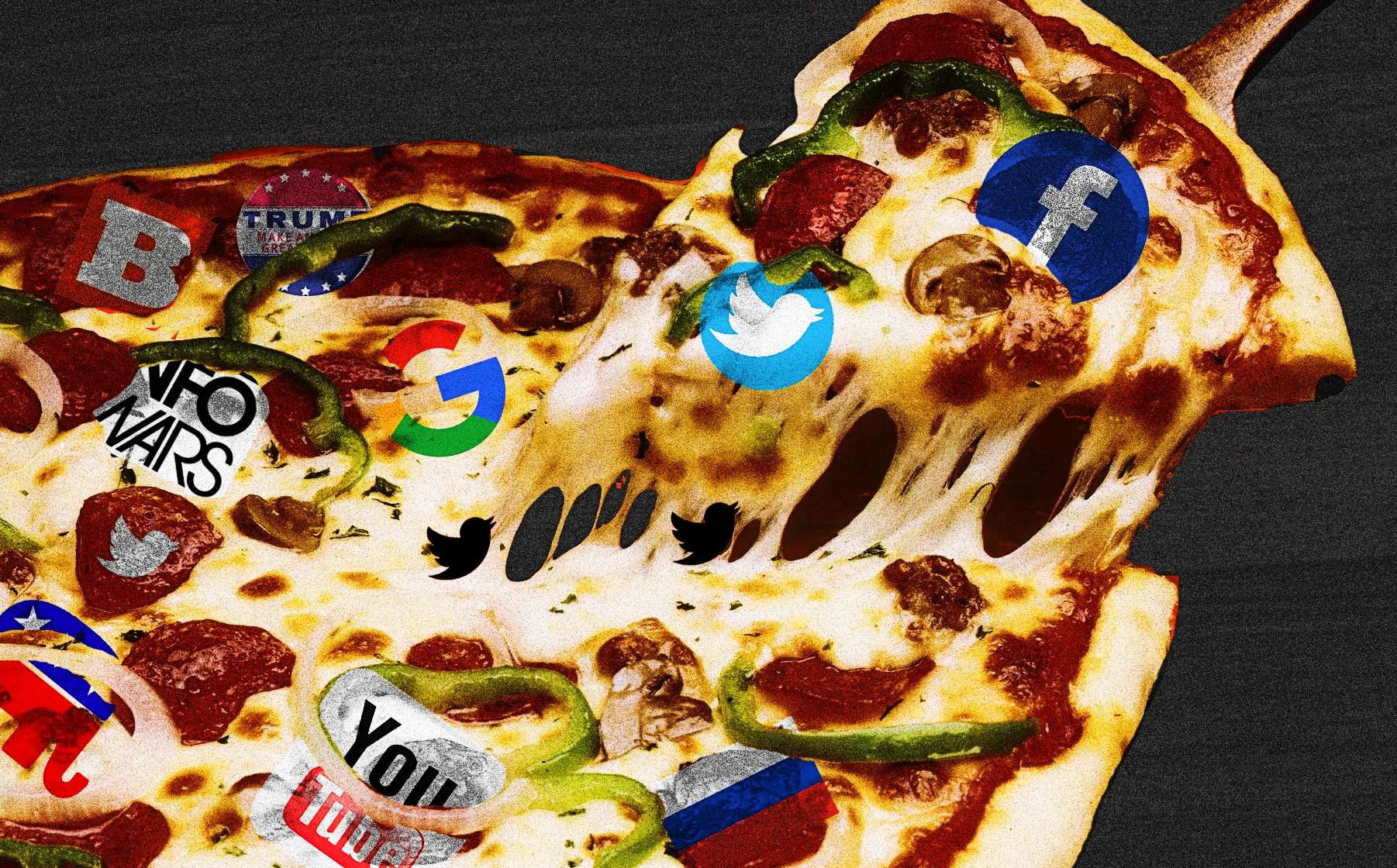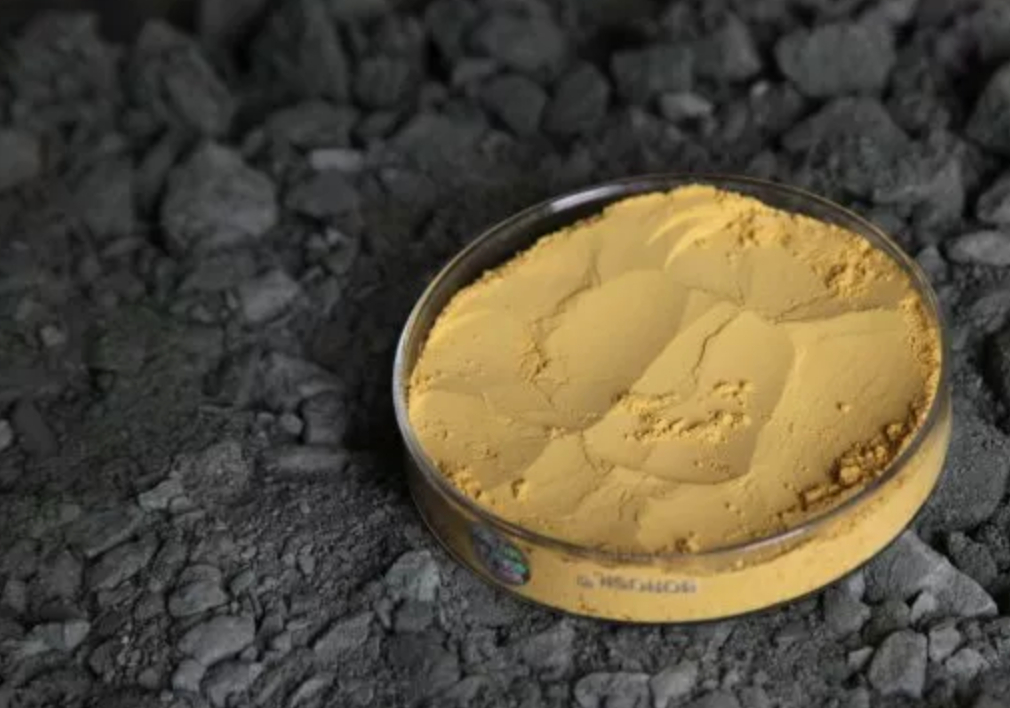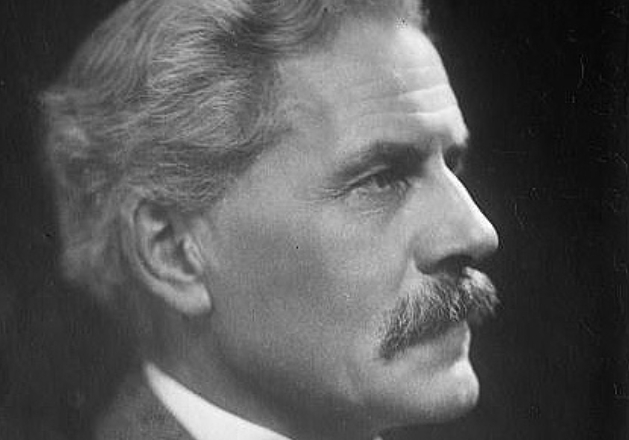The Real News About Fake News
Truth is the first casualty of war so when Russian tanks rolled into Ukraine in February 2022, the propaganda war was already underway.
A ‘fact-checking’ website calling itself War on Fakes set up its Telegram account one day before the invasion to distribute Russian disinformation. A deepfake video distributed on YouTube and Facebook showed the Ukrainian president talking about surrendering - although he’d said no such thing. Meanwhile, actor Steven Seagal had to reassured fans that no, he was not fighting alongside Russian forces despite online photos appearing. And, in case you're still wondering, there's no evidence that Leonardo DiCaprio donated $10m to Ukraine, his grannie's home country.
The US-based Rand think tank calls Moscow's approach the ‘firehose of falsehood’, citing two distinct features: a high number of channels and messages, and a shameless willingness to disseminate partial truths or outright fictions.
“Russia has taken advantage of technology and available media in ways that would have been inconceivable during the Cold War,” according to Rand. “Tools and channels now include the Internet, social media, and the evolving landscape of professional and amateur journalism and media outlets.”
We've seen and read about fake news over and over, but memories are short. Misleading information has been used by world leaders, royalty, dictators, governments, political parties, and others since long before the dawn of social media. Here are five incidents you may not know about.
.jpg)
Fake news and Covid-19
The speed and intensity of Coronavirus led to dozens of misleading statements from scientists and politicians struggling to keep up with the onslaught of conflicting information. Some articles claimed the pandemic was a hoax. Others linked Covid-19 to 5G telecom. Even Microsoft supremo Bill Gates was the subject of a conspiracy theory that he was using the virus to plant microchips in humans.
None of the conspiracy theories have a basis in fact, nor are they backed up with evidence.
Fake news!
"The brand new social experience where you activate your gaming skills as you train like a spy."
- TimeOut
Take on thrilling, high-energy espionage challenges across different game zones.


Pizzagate, 2014
A North Carolina man pleaded guilty to opening fire in a Washington pizzeria in 2014 while investigating fake news reports that the restaurant housed a child sex ring linked to 2016 Democratic presidential candidate Hillary Clinton. The man carried a loaded .38-caliber revolver into the pizzeria, and police found a loaded shotgun in his car.
The claims were determined to be part of a series of false news reports linked to Clinton.
Fake news!

Fake news and the Iraq war, 2003
More than a decade before the phrase 'fake news' entered common use, leading US news outlets repeated government claims that Iraq had bought thousands of aluminum tubes for nuclear centrifuges and was negotiating to buy uranium. The reports were presented as 'evidence' that Saddam Hussein was stockpiling weapons of mass destruction (WMD) and posed a threat to the West. Calls for military strikes intensified and, in March 2003, the US invaded Iraq.
The claims were subsequently dismissed by experts and the search for WMD in Iraq yielded nothing.
Fake news!

The Zinoviev letter, 1924
In October 1924, nearly a century before the phrase ‘fake news’ entered common use, London’s Daily Mail newspaper reported the text of a letter from the Secretary-General of Soviet Russia’s Communist International.
The letter claimed that Britain's Labour Party’s proposed policy to recognize the Soviet Union would hasten a workers’ revolution in the UK. Five days later, Labour lost to the Conservative Party by a landslide. Historians agree that the so-called ‘Zinoviev letter’ contributed to the outcome.
It is now widely accepted that the letter was not genuine.
Fake news!

Blood libel, 1475
In March 1475, centuries before the phrase ‘fake news’ entered common use, news circulated in the city of Trent (Trento, now in Italy) that a young boy had been murdered so his blood could be used in Jewish religious rituals. A murderous putsch of the Jewish community followed, with all of its members arrested and forced to ‘confess’ to the crime.
The so-called ‘blood libel’ went on to be used over the centuries as an excuse for persecution of the Jewish people.
Fake news!
.jpg)
Spin doctors and fake news
Governments have often handed responsibility for spreading fake news to their intelligence agencies because the lack of transparency and accountability make them ideal vehicles for activity the government can then deny.
Operations involving fake news go by many different names: propaganda (black, gray and white); disinformation campaigns; psychological operations (PsyOps), media operations, or special political operations.
In theory, operations such as these are used to place secret intelligence in the public domain, without endangering the sources. They are a means of ‘laundering’ intelligence through respected journalists and editors. But intelligence cannot always be trusted, as the 2003 Iraq war illustrated. Even with the best of intentions, such operations are likely to lead to the dissemination of fake news.

Transcending boundaries
The age of the Internet and social media have dramatically widened the group of people who can write and distribute fake news. It is no longer the territory of intelligence services or politicians with deep pockets and influential contacts.
There is a positive angle. Wider, faster distribution and ease of response means that misleading articles on the Internet can be picked up and refuted quickly. Editorial control and fact-checking are now effectively crowd-sourced. Perhaps the reasons why we tend to think fake news has mushroomed are i) because it has, facilitated by social media; and ii) because it is now more routinely spotted and called out, also thanks to social media.
Either way, the moral of the story is simply a variant of the old adage: Don’t believe everything you read on social media.
SPYSCAPE+

Join now to get True Spies episodes early and ad-free every week, plus subscriber-only Debriefs and Q&As to bring you closer to your favorite spies and stories from the show. You’ll also get our exclusive series The Razumov Files and The Great James Bond Car Robbery!


Gadgets & Gifts
Explore a world of secrets together. Navigate through interactive exhibits and missions to discover your spy roles.
Your Spy Skills
We all have valuable spy skills - your mission is to discover yours. See if you have what it takes to be a secret agent, with our authentic spy skills evaluation* developed by a former Head of Training at British Intelligence. It's FREE so share & compare with friends now!
* Find more information about the scientific methods behind the evaluation here.


Stay Connected
Follow us for the latest
TIKTOK
INSTAGRAM
X
FACEBOOK
YOUTUBE